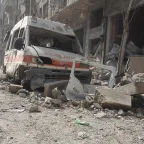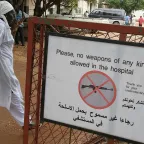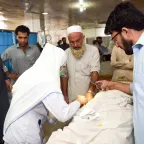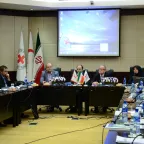Common ethical principles of health care in conflict and other emergencies
… have adopted the " Ethical Principles of Health Care in Times of Armed Conflict and Other … by the ICRC through the Health Care in Danger initiative shows that, in armed conflict …








